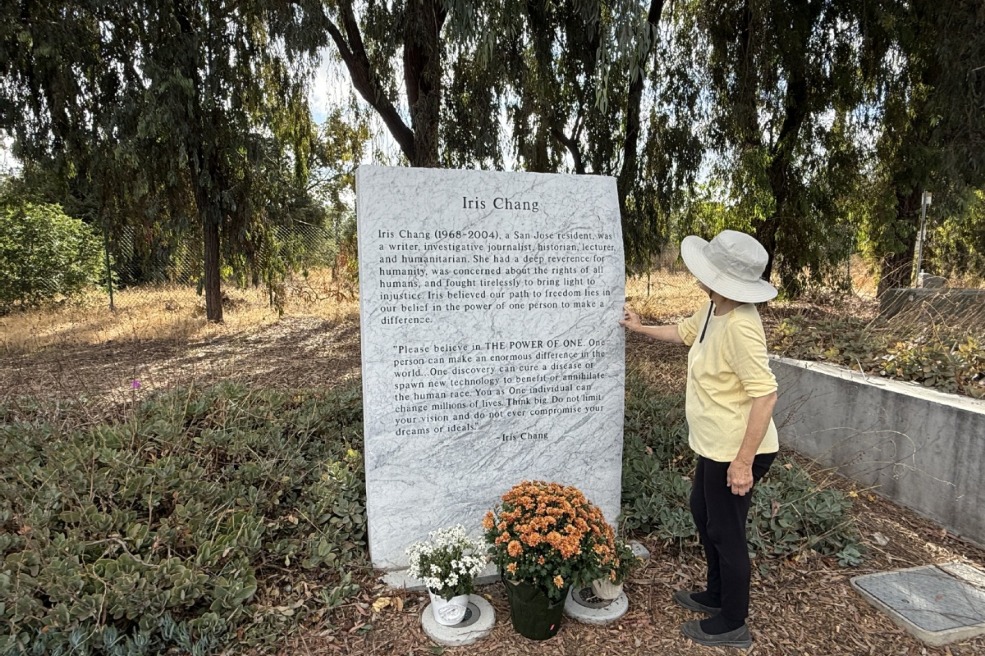A deeper purpose
Questions remain about what the pits uncovered at Sanxingdui were for, and while theories abound, one suggests evidence of a major spiritual reform, Zhao Xu reports.
By ZHAO XU | China Daily | Updated: 2024-04-20 10:19

Keeping in mind that the eight pits had collectively covered a land area of about 90 square meters, and held thousands of pieces of exquisitely crafted artifacts, the sacrificial ritual, if it indeed was such, must have been phenomenal.
"Break, burn and bury — if that's the typical ritual observance of Sanxingdui, then it was certainly not the only culture that had developed the practice," Hu says. "In fact, the burning and burying of ritual jades was routinely carried out during the Shang Dynasty (c. 16th century-11th century BC)," Hu says.
But there's one problem. Certain items excavated from the Sanxingdui pits, a grand bronze mask measuring at 135 cm in width for example, are viewed by most researchers as representing spirits or ancestors — objects to be venerated instead of offered.
In 2021, archaeologists discovered, in Pit No 8 — the largest of the eight pits — burned clay blocks, which they consider to be architectural remains.
"Given their coexistence with the ritual objects, these remains were likely to have come from temples of worship. But what kind of rites would involve the destroying of not only the offerings, but also the sacred objects and the temple of worship itself?" Hu asks.
























